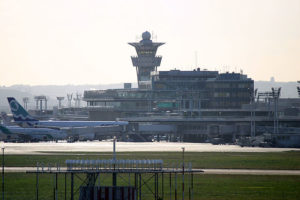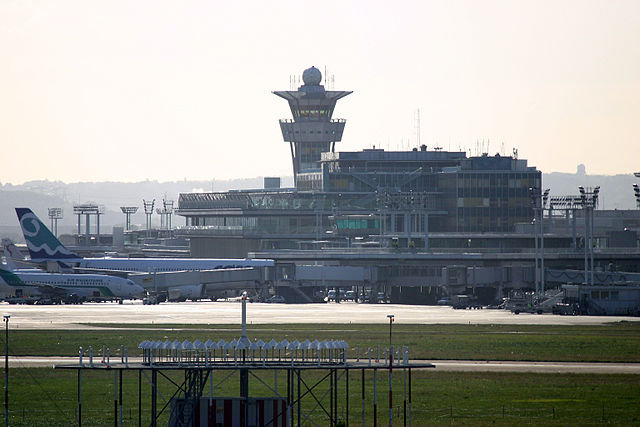 Air freight carriers in the Asia-Pacific, along with other regional airlines except those in Latin America, witnessed a robust expansion in volumes for September, according to the latest data from International Air Transport Association (IATA).
Air freight carriers in the Asia-Pacific, along with other regional airlines except those in Latin America, witnessed a robust expansion in volumes for September, according to the latest data from International Air Transport Association (IATA).
Asian airlines posted a 5.5% cargo growth year-over-year as global air freight markets realized a 6.1% surge in freight tonne kilometer (FTK) terms, the fastest pace of growth since the disruption caused by the US West Coast seaport strike in February 2015.
IATA said September’s positive performance coincided with an apparent turnaround in new export orders in recent months. Some unique factors also may have contributed, such as the rush replacement of Samsung Galaxy Note 7 devices during the month, as well as the early impacts of the collapse of the Hanjin marine shipping line at the end of August.
“Demand for air cargo strengthened in September. Although with growth in world trade virtually at a standstill, the air cargo sector still faces some major hurdles. We did have some encouraging news. The conclusion of the EU-Canada Free Trade Agreement is good news for the economies involved and for air cargo,” said Alexandre de Juniac, IATA’s director general and CEO.
He said the EU-Canada agreement is “a welcome respite from the current protectionist rhetoric and positive results should soon be evident.”
Asia-Pacific airlines saw capacity in the region expand 3.4%. The positive performance corresponds with signs of an increase in export orders in China and Japan over the last few months. Seasonally adjusted freight results for Asia-Pacific carriers are now trending upwards.
European airlines experienced a 12.6% increase in freight volumes in September 2016 year-on-year. Capacity increased 6.4%. The strong performance corresponds with an increase in reported new export orders in Germany over the last few months.
North American carriers saw freight volumes expand 4.5% as capacity increased 2.6%. International freight volumes grew by 6.2%—their fastest pace since the US seaports’ disruption boosted demand in February 2015. However, in seasonally adjusted terms, volumes are still just below the level seen in January 2015. The strength of the US dollar continues to keep the US export market under pressure.
Middle Eastern carriers saw demand growth slow for the third consecutive month to 1.2% year-on-year in September 2016—the slowest pace since July 2009. Capacity increased by 6.2%. Seasonally adjusted freight growth, which had been trending upwards until the past year or so, has now halted. This turnaround is partly due to weaker conditions in the Middle East-to-Asia and Middle East-to-North America markets.
Latin American airlines reported a decline in demand of 4.5% and a drop in capacity of 4.7%. The ‘within South America’ market has been the weakest performing so far this year with volumes contracting 14% year-on-year in August. The comparative strength of the US economy has helped boost volumes between North and South America with US imports by air from Colombia and Brazil increasing by 5% and 13% year-on-year, respectively.
African carriers saw freight demand increase by 12.7% compared to the same month last year—the fastest rate in nearly two years. Capacity surged by 34% on the back of long-haul expansion by Ethiopian Airlines and North African carriers.





